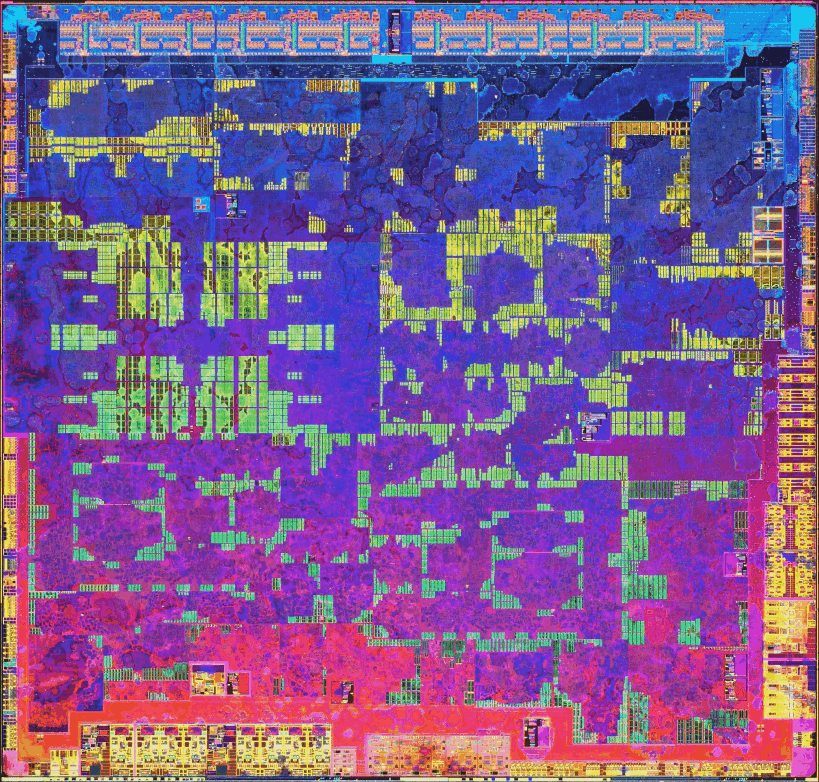Becuase I was curious, I have compared both the X1 die and the die shot of the Switch, and indeed they do look near identical, hard to tell 100% sure because the quality of the X1 die shot. But if you overlay them on top of each other, and flip between them, it's hard to find any difference (btw, the switch shot is 90% flipped compared to the X1 one)


I made a nice PSD for easy comparison, but I can't seem to log into my fileserver right from work.


I made a nice PSD for easy comparison, but I can't seem to log into my fileserver right from work.




